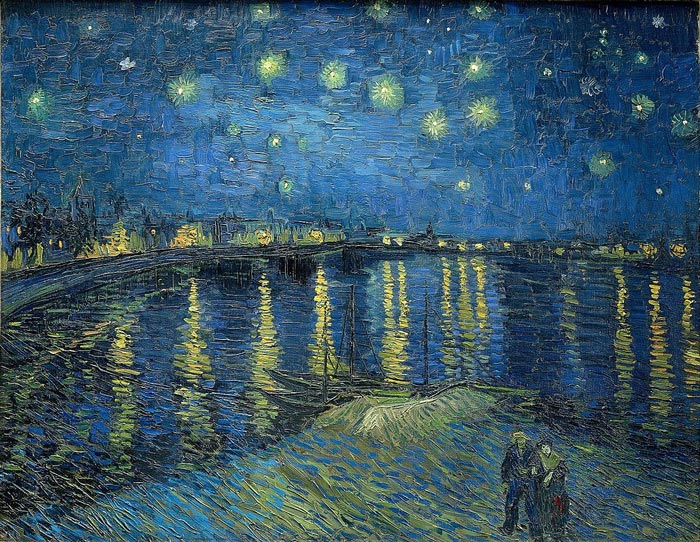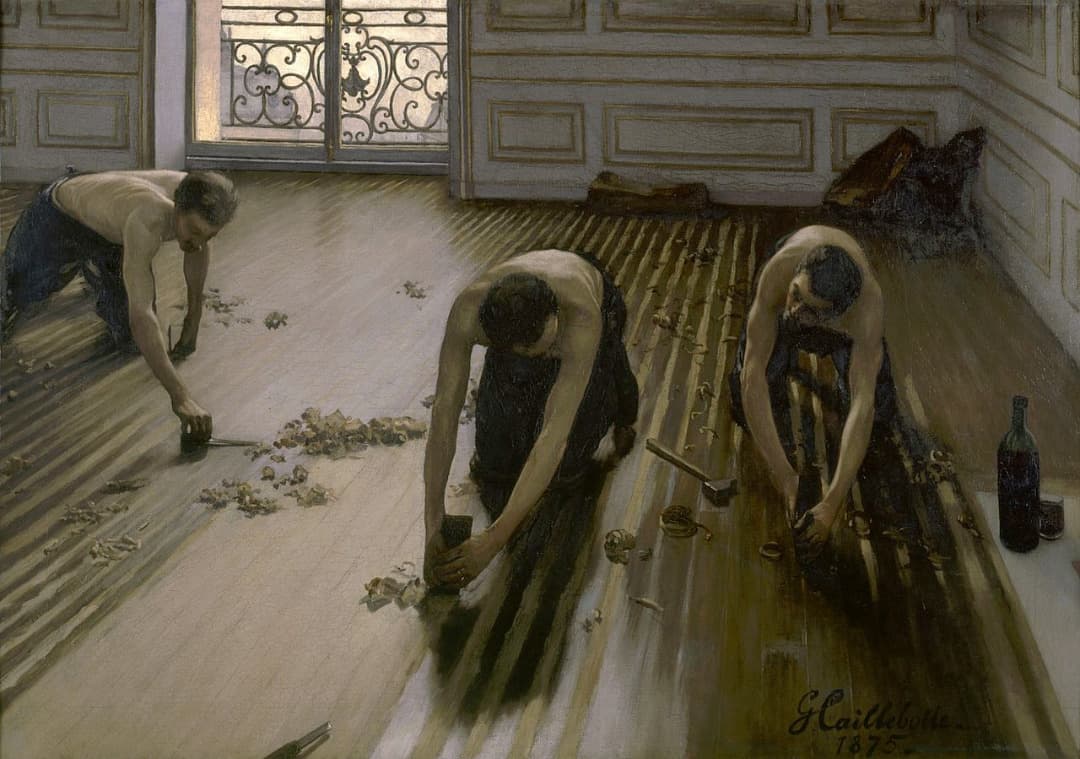The exhibition “Van Gogh: Poets and Lovers” enters its final two weeks

Until 19 January 2025, the National Gallery of London is holding the exhibition “Van Gogh: Poets and Lovers”
Source: National Gallery, London · Image: Vincent van Gogh, ‘Starry Night’ (1888, Musée d’Orsay, Paris).
‘Van Gogh: Poets and Lovers’ explores how the poetic imagination and ideas associated with love evolved into central themes for the artist. In Arles, for example, Van Gogh designated the public park in front of the Yellow House (in which, in 1888, Van Gogh rented four rooms) as a Poets’ Garden, envisioning Italian Renaissance poets Petrarch and Boccaccio strolling there. Some of Van Gogh’s most glorious paintings and drawings of the time are associated with this idea, and pairs of lovers appear in paintings such as ‘Starry Night’ (1888, Musée d’Orsay, Paris).
In May and June of 1889, after Van Gogh was admitted to the Saint-Paul de Mausole hospital in Saint-Rémy, he imagined the asylum’s overgrown garden as a secluded site for lovers. He painted spectacular compositions depicting views of the grounds. The exhibition shows how this idealising, euphoric exploration of the asylum garden contrasts dramatically with works from the autumn when Van Gogh instead associated the very same location with his and his fellow patients’ sufferings.
In Arles, in late summer of 1888, Van Gogh planned to decorate his Yellow House with ‘The Poet’s Garden’, the ‘Sunflowers’, ‘The Poet’ and ‘The Lover’. These paintings were instrumental in his conception of a decorative scheme that quickly grew beyond the walls of the Yellow House.
‘Van Gogh: Poets and Lovers’ shows how the artist sought to create important compositions for exhibition in Paris, initially in 1889, year of the Exposition Universelle, when he hoped to display them as a cohesive group alongside works by fellow avant-garde artists.
The exhibition explores how Van Gogh’s choices for these works reflect his thinking about painting in series, his repeated references in letters to pendants, his use of opposites or contrasts to create harmony and cohesion. The artist continued to pursue these ideas later in Saint-Rémy, as his works became increasingly known in avant-garde circles.
Follow us on:


